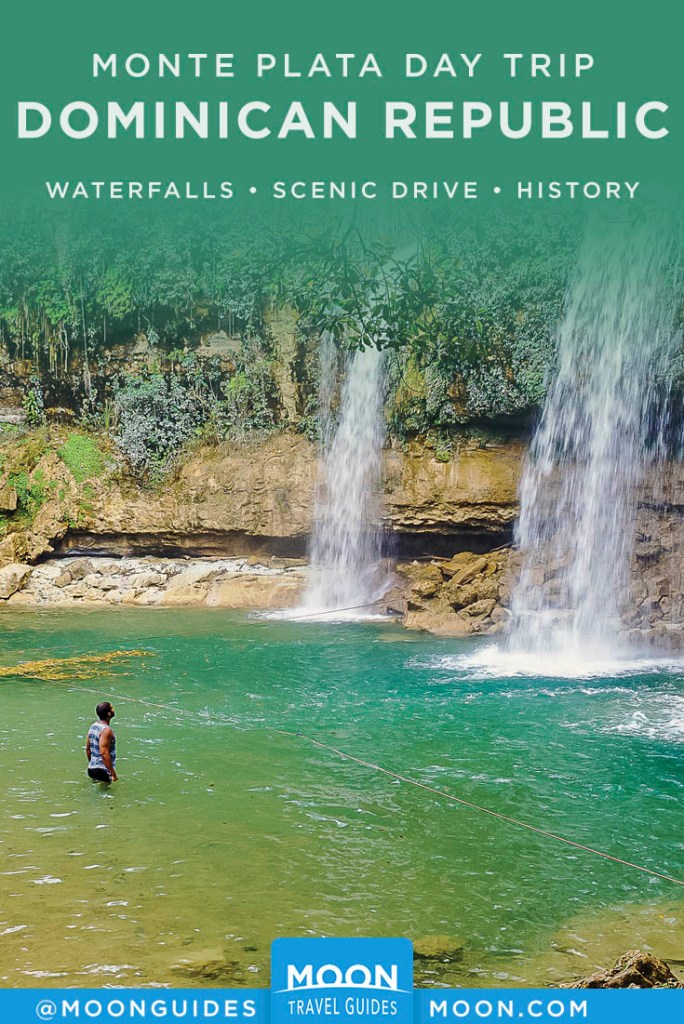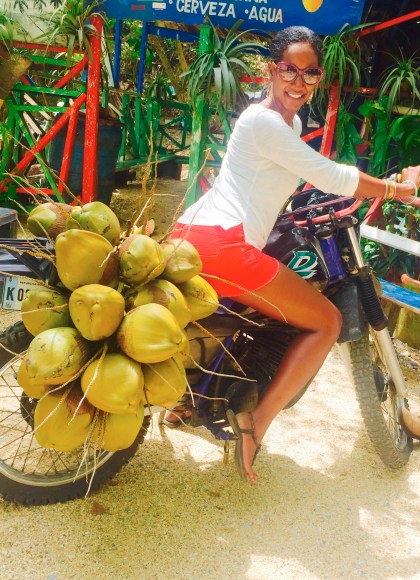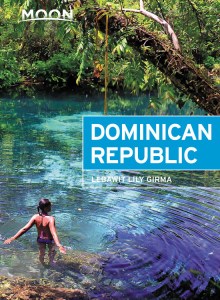Day Trip to Monte Plata in the Dominican Republic
After spending a day or two exploring the Colonial City, you’ll be ready to discover attractions near Santo Domingo. You’ll hear about the most popular day trips: Boca Chica and Juan Dolio beaches, and the caves of Tres Ojos National Park. But if you’re a nature lover, there’s a destination close to the capital that you absolutely shouldn’t miss: Monte Plata, also known as the emerald province.
Monte Plata is an earthy, vibrant paradise that begins just an hour’s drive north of Santo Domingo and sits at 175 feet above sea level. This province’s scenery is spectacular—as you drive past lush pastures set against the Sierra de Yamasá and explore verdant, dense subtropical forests that seem to melt into the rivers below, you’ll revel in a kaleidoscope of greens, from the darkest olive to the brightest of jades.
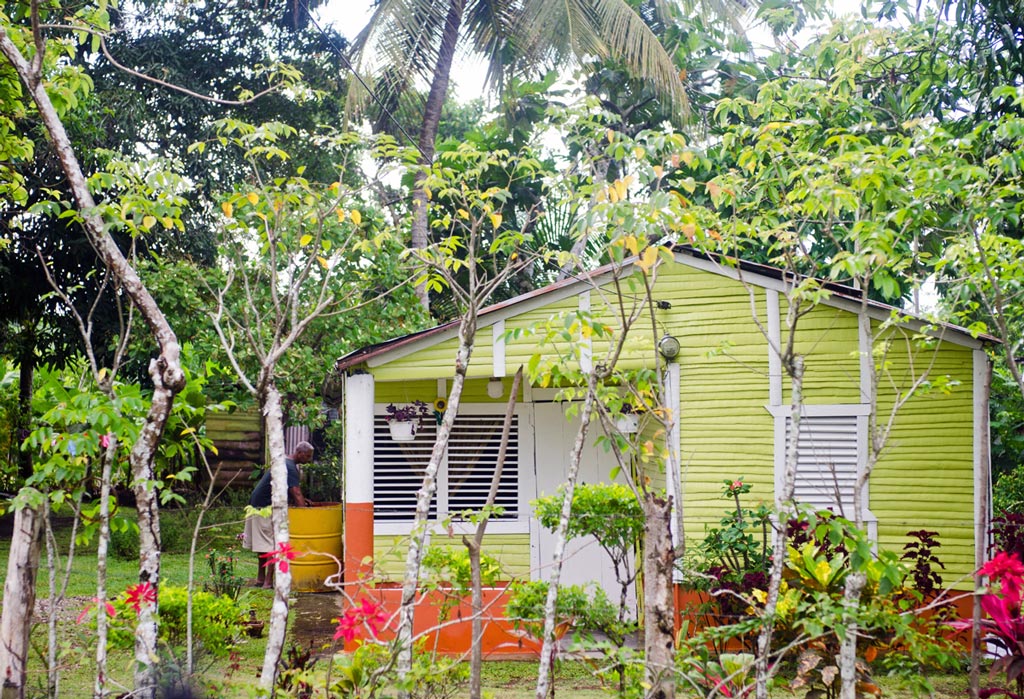
Monte Plata was founded in 1606 during colonial times, when the Spaniards relocated families from Monte Cristi and Puerto Plata to this area after destroying their hometowns to stop contraband activities taking place in the north. Monte Plata was named after these two areas. Primarily rural, the economy in this province is dominated by agriculture like sugar cane and cacao and livestock, which you can see as you drive past vast lands dotted with palm trees, horses, goats, and grazing cows.
The municipality of Bayaguana is home to the majority of Monte Plata’s waterfalls and river parks. Prepare to immerse yourself in a landscape you’ll find difficult to leave.
Visit Salto de Socoa
Located northwest of Bayaguana town, Monumento Natural Salto de Socoa is the easiest waterfall to access because its entrance is directly off the Autopista del Nordeste (highway 7) from Santo Domingo towards Samaná, and about 60 km north from Autopista de Las Americas. Approximately sixty-five feet tall, Salto de Socoa is a stunning single waterfall that empties into a circular jade pool. Framed with vegetation, rocks, and idyllic corners around the park, it feels like your very own Garden of Eden as butterflies, birds, (and a few mosquitoes) flutter about.
The drive from Santo Domingo to Salto Alto is the most scenic of all—particularly on the last highway stretch north of Monte Plata town towards the entrance. Prepare for a surprise when the air cools and the road is lined with pine trees and a rocky landscape akin to the Haitises National Park in Samaná (which makes sense, as the waterfall is between Santo Domingo and Samaná). It is without doubt one of the most beautiful drives in the Dominican Republic.
Salto de Socoa is easily accessed with an entrance off the highway—you’ll drive about two minutes along a manageable dirt road towards a gated entrance. An attendant will collect the fee, and open the gate for you to park your car safely inside. Another three-minute, pleasant hike down from the parking lot takes you through a beautiful tropical forest, down to a series of steps with solid wooden railings all the way down to the waterfall area. The hike back is steeper, so you’ll need to be in good health.
Past the shallow parts of the pool is a rope running along the surface to the other edge, to provide support for those who aren’t strong swimmers. Stick close to it and don’t venture far towards the waterfall. There are no changing rooms or benches, but plenty of rocks to keep your belongings dry or to change unseen.
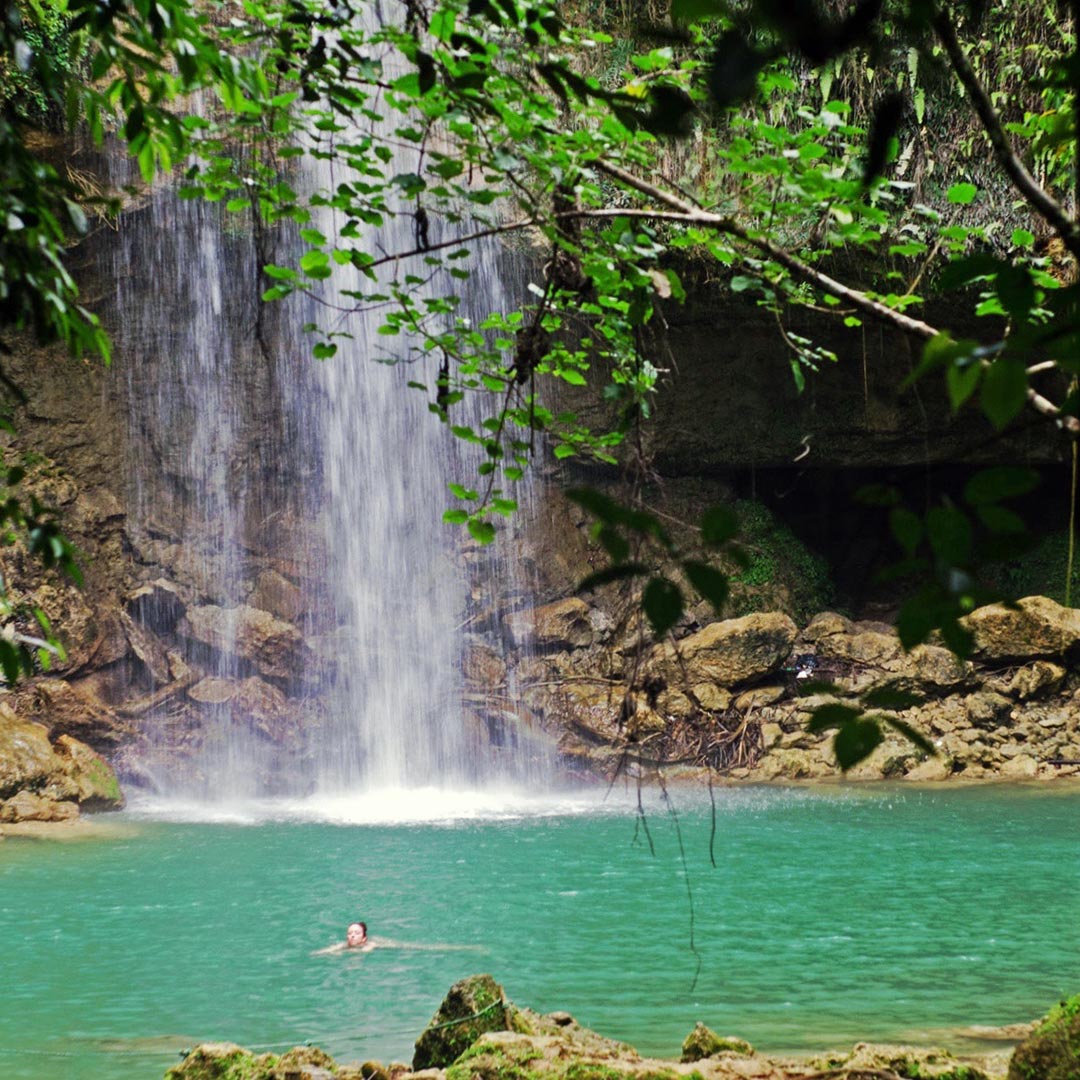
Lunch in Bayaguana
After visiting Salto Socoa in the morning, drive back towards the small, colorful town of Bayaguana for a Dominican lunch break. Relax on the outdoor patio at La Barrica (also known locally as Comedor Francis) across the Isla gas station, and order the plato dominicano of the day—rice, beans, and a meat choice—for a mere RD$160 per person. After lunch, take a few minutes to peek inside the Iglesia del Santo Cristo de los Milagros–a colonial church built in 1789 and one of the most important pilgrimage sites in the country. Legend has it that the image of Christ, the centerpiece inside the Church, was found in the 17th century by a young girl, and that after this discovery, her blind mother recuperated her sight. Believers flock here every year to pray for a miracle or to give thanks for one.
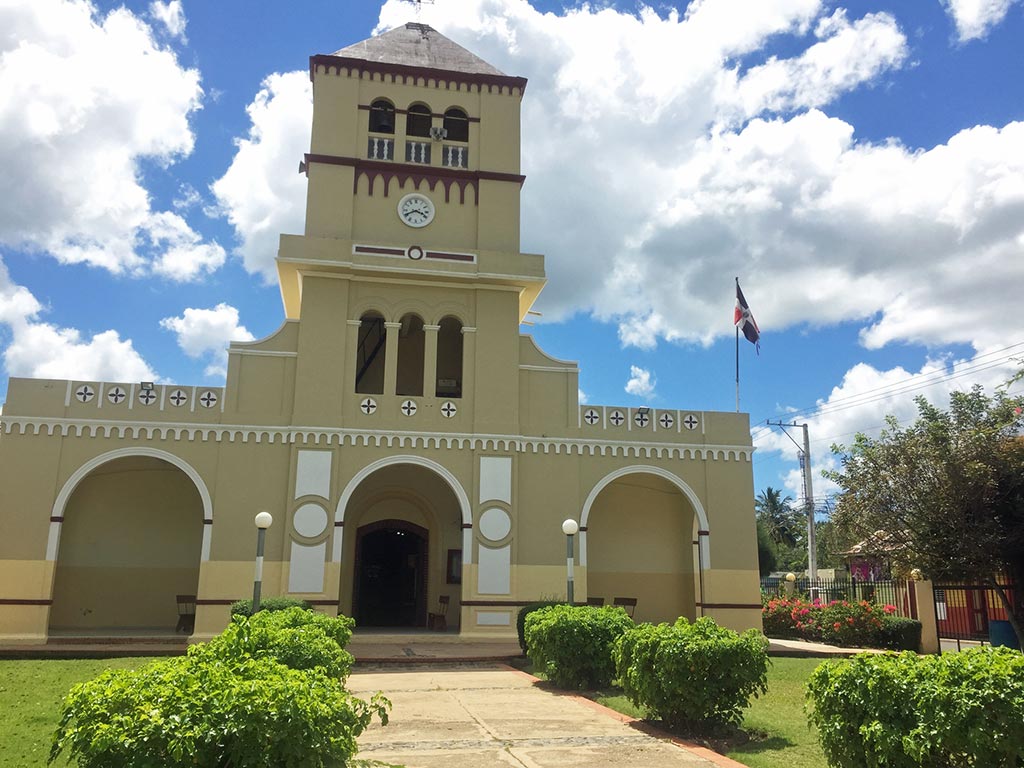
Visit Salto Alto
Approximately 30 minutes’ drive northeast from Bayaguana town, the most impressive and farthest of the waterfalls in Monte Plata, Salto Alto’s three cascades tumble down together from approximately 75-feet into a gigantic, wide-open pool below, to a backdrop of bluffs and tropical forest.
Getting there isn’t hard, as the improved Carretera Bayaguana-Sierra de Agua is nearly completed and road crews were finishing off the last portions this week. A gated entrance on the left side of the road will signal the way, and after paying the requisite RD$50 per person, you’ll drive down slowly a dirt, partially rocky path towards the parking lot to the falls. You won’t notice the slow drive because the scenery is green, lush, as it takes you into a private ranch.
Newsletter Signup
By clicking ‘Sign Up,’ I acknowledge that I have read and agree to Hachette Book Group’s Privacy Policy and Terms of Use
Once at the falls, reached via a series of about 50 concrete steps, you’ll notice quickly that the beauty of Salto Alto’s waterfalls isn’t just the cascade–though it is a sight for sore eyes–if not its surroundings, flanked by cliffs covered in tropical plants, trees, and the sound of trickling water along the rocks. The entry into the water is easy and shallow, at ankle-depth, and deepens as you go along, until the rope which signals caution.
Equally beautiful is the woodsy area below the parking lot, where you’ll see a jade colored, calm river below with mini falls, and picnic tables for relaxation. If there are crowds below at Salto Alto, you could easily wait it out here in the shade.
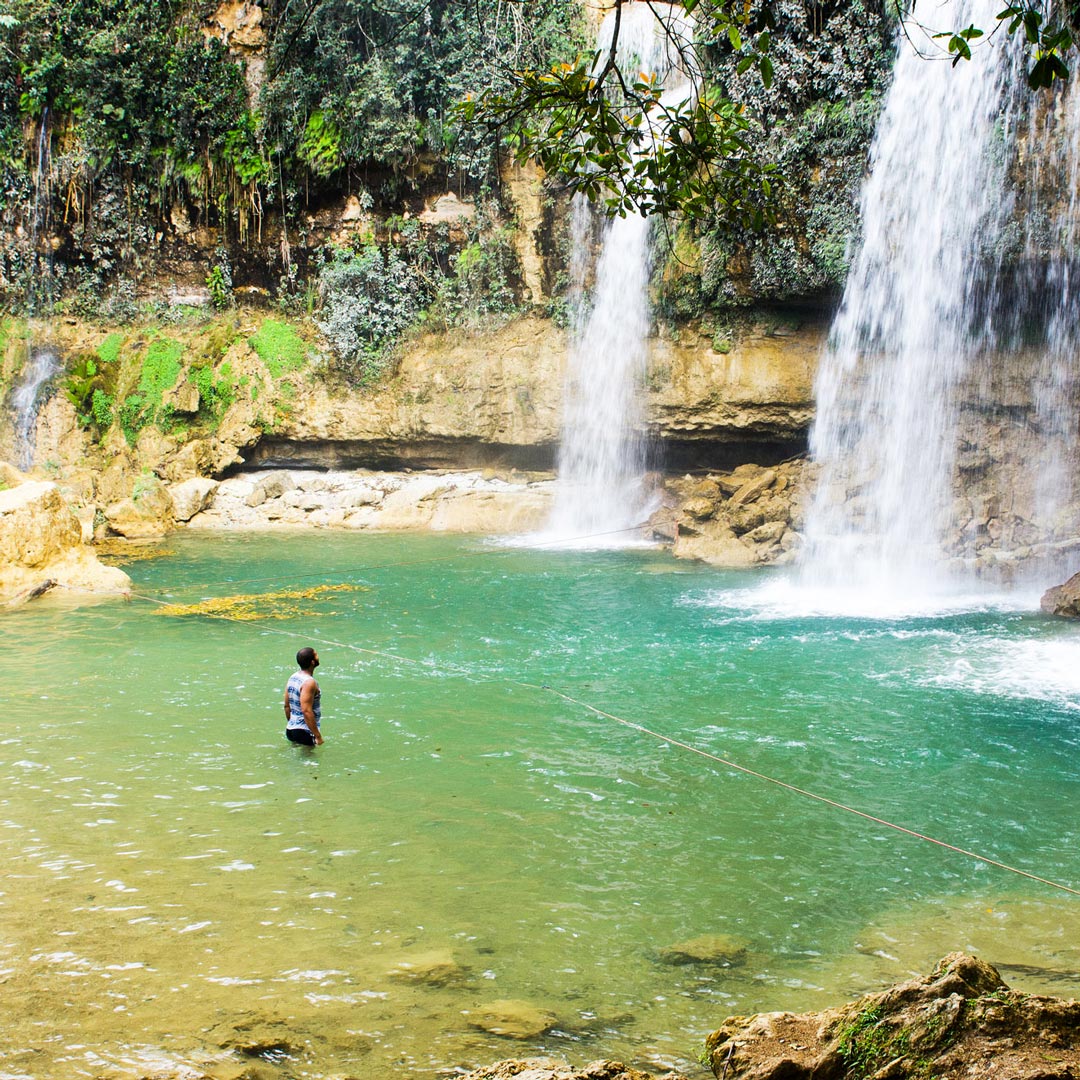
Chill at Balneario Comate
Balneario Comate is just 1.85 miles or 3 km from town–you’ll pass the sign on the way up to Salto Alto. It’s a popular, typical Dominican-style balneario or river park with plenty of seating areas and an on-site bar and restaurant. But this balneario is as large of a setting as I’ve seen so far, set along the Rio Comate, tributary to the Ozama River. There are thatch huts for sitting areas, and below, a shallow river where locals relax along the banks, tube in the river (tubes are available on site), or simply sit atop the small rocks as mini falls tumble down. Others play dominoes with their table and chairs set in the shallow of the river.
Like much of Monte Plata, it’s a clean and safe environment. Entrance is $RD50 per person at the gate.
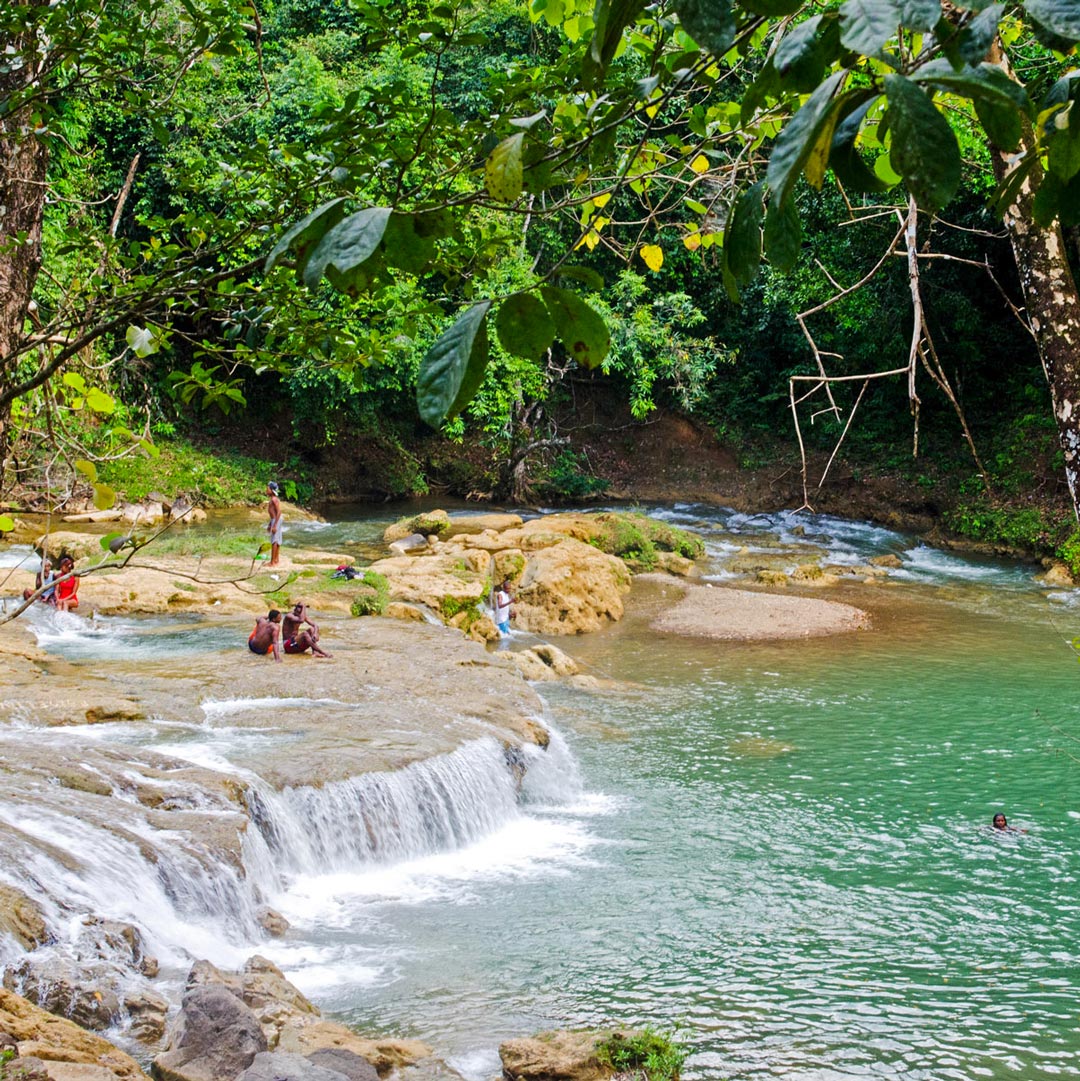
An Easy City Escape
It’s incredible that you can swim and relax at all of these parks and waterfalls so close to the capital in a single day. The ease of driving to Monte Plata—thanks to improved road conditions (but watch out for cattle)—the cleanliness of the parks and rivers, and the affordability of the trip (US$50 total for two persons, including gas) all make for an ideal independent day trip from Santo Domingo. Pick a weekday (Monday through Wednesday), and you’ll likely have these waterfalls and parks to yourself.
Note that some visitors have been charged an extra RD$50 parking fee per car, but that is most likely done on the weekend.
Stay Longer
If you have more time, don’t hesitate to overnight at one of the eco-camping facilities in the area like Campo Aventura Comatillo. The next day, you could head to Saltos de La Sabana, another waterfalls park 14 km north of Bayaguana, or drive east to Yamasá town to visit to the famous Taíno ceramic workshop of the Guillén Brothers (Hermanos Guillén), known countrywide for their Taíno-inspired crafts made in Yamasá and sold in major tourist areas of the DR.
Newsletter Signup
By clicking ‘Sign Up,’ I acknowledge that I have read and agree to Hachette Book Group’s Privacy Policy and Terms of Use
Pin it for Later
